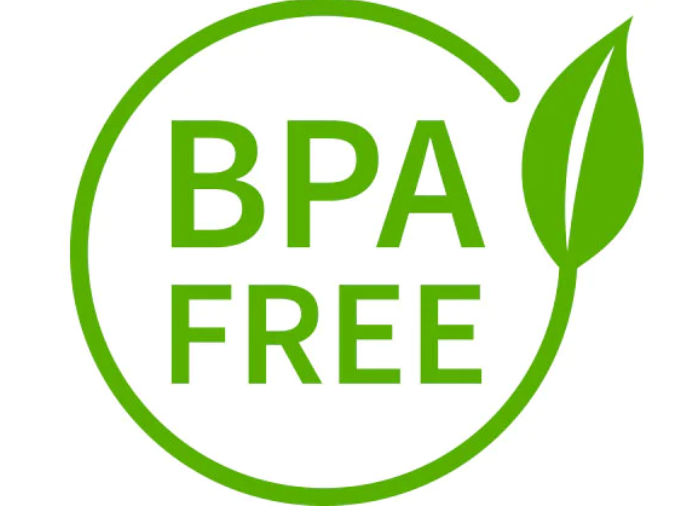
The European Commission (EC) released a preliminary regulation on February 9, 2024, proposing the prohibition of bisphenol-A (BPA) in the production of food-contact plastics, varnishes, coatings, printing inks, adhesives, ion-exchange resins, and rubber. This action stems from the European Food Safety Authority’s (EFSA) reassessment of scientific evidence on BPA, which resulted in establishing a new acceptable daily intake (ADI) for BPA at 0.2 nanograms per kilogram of body weight (bw) per day, published in April 2023.
The proposed regulation seeks to amend Regulation (EU) No 10/2011 (the Plastics Regulation) to bar the use of BPA in manufacturing plastic food-contact materials (FCMs). It includes an 18-month transition period for most applications to allow for the identification and adoption of alternative solutions on a Union-wide scale. Some applications, such as single-use final food-contact articles for certain products, will have a 36-month transition period.
There's a provision for an exception allowing the use of the disodium salt of BPA in manufacturing polysulfone resins for filtration membranes, provided its migration to food remains undetectable. Furthermore, the proposed regulation suggests amending Regulation (EC) No 1895/2005 to forbid the use of bisphenol-A diglycidyl ether (BADGE) and its derivatives in varnishes and coatings, with certain exceptions for heavy-duty applications.
Regarding other bisphenols and derivatives, those categorized as hazardous to human health under Annex VI, Part 3 of the EU’s CLP Regulation, would generally be prohibited for food-contact applications. However, there might be potential for their use under strict conditions, subject to submission of a petition dossier to the EFSA via competent authorities within specified timeframes.






